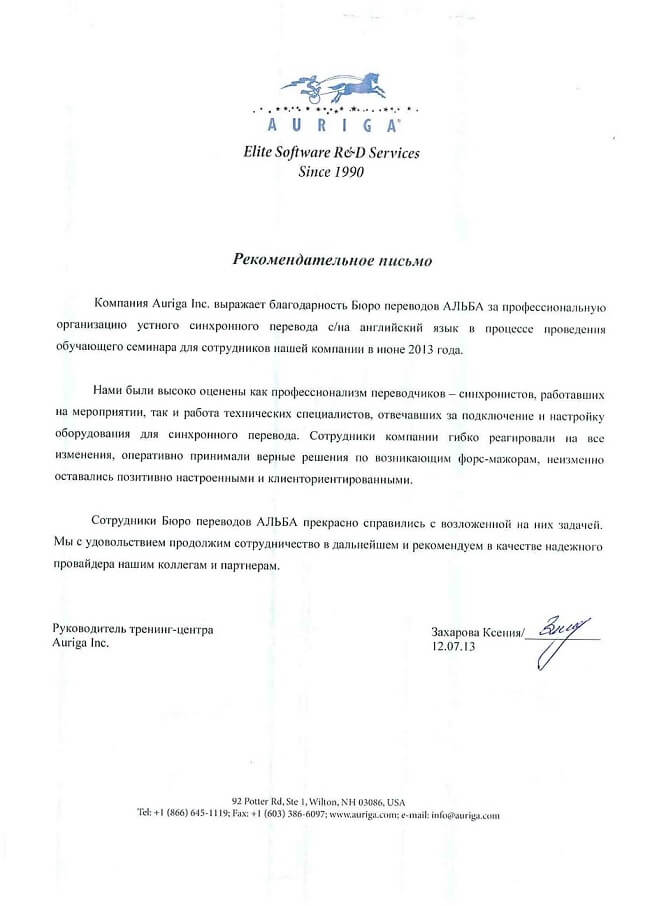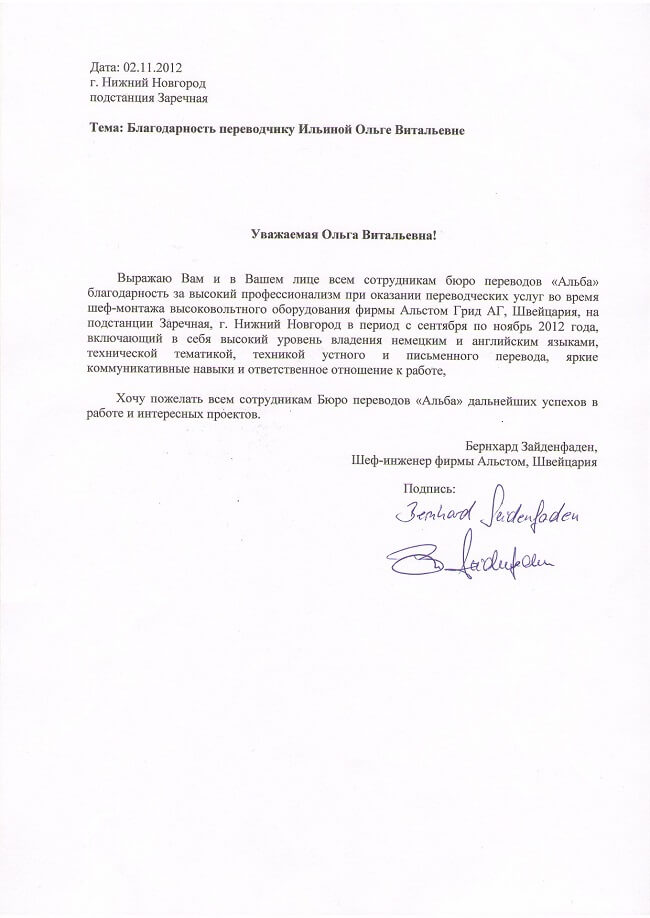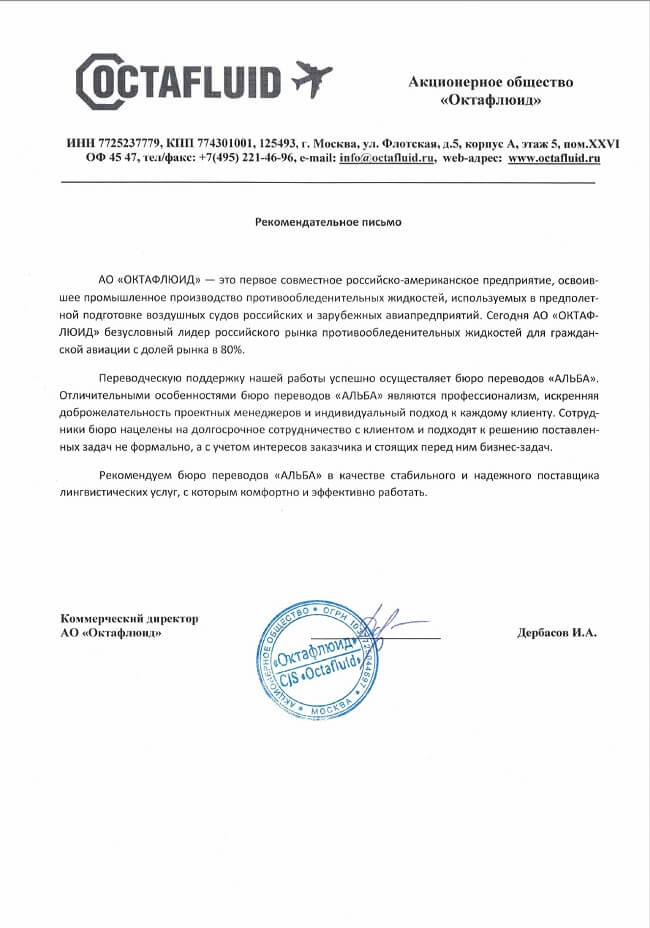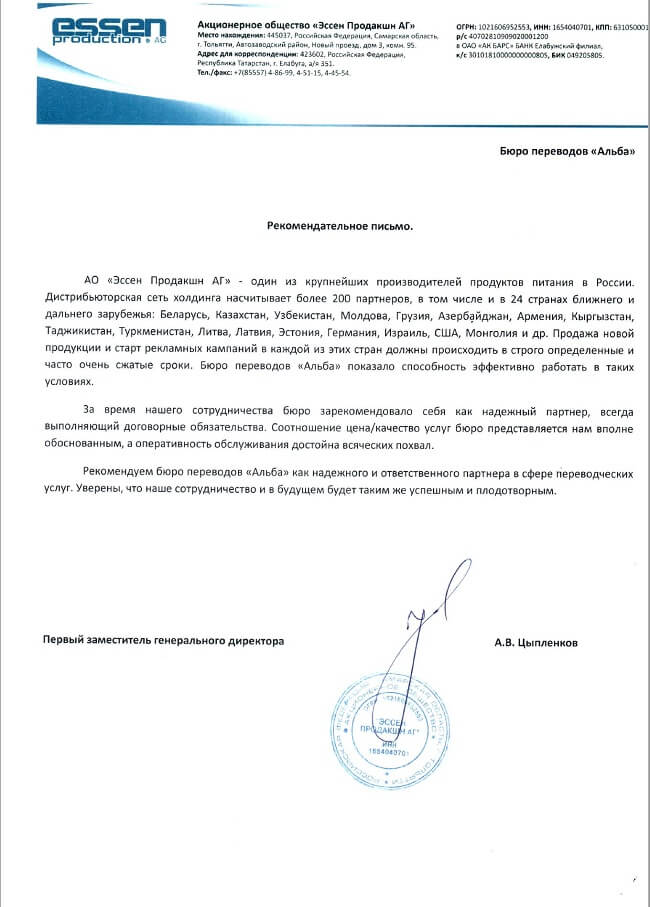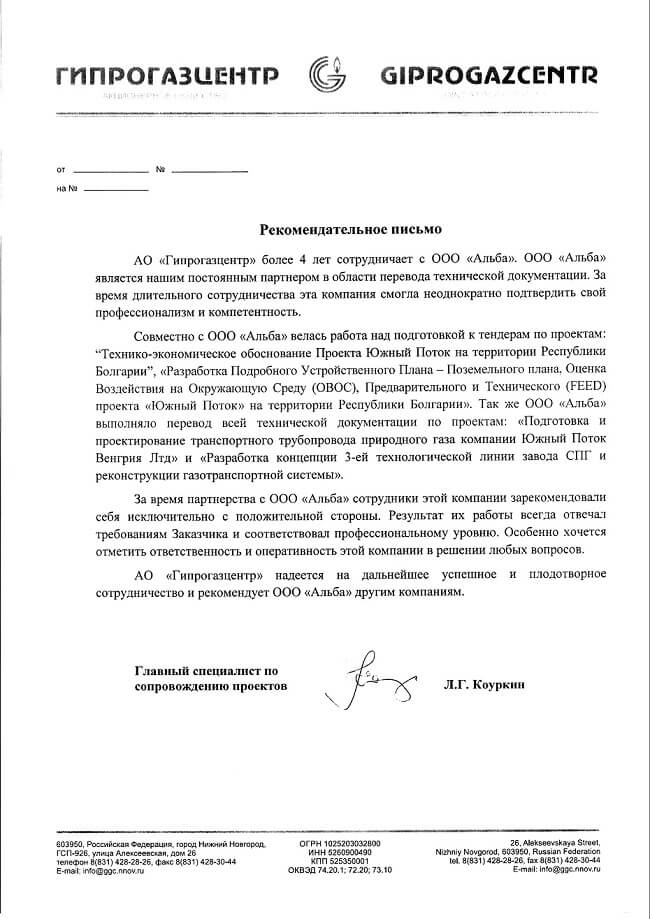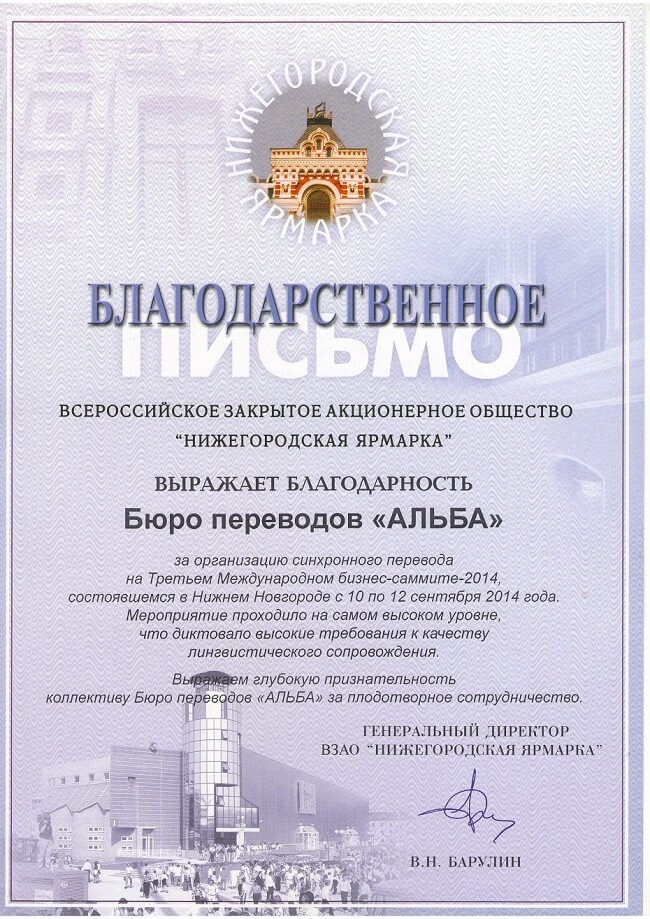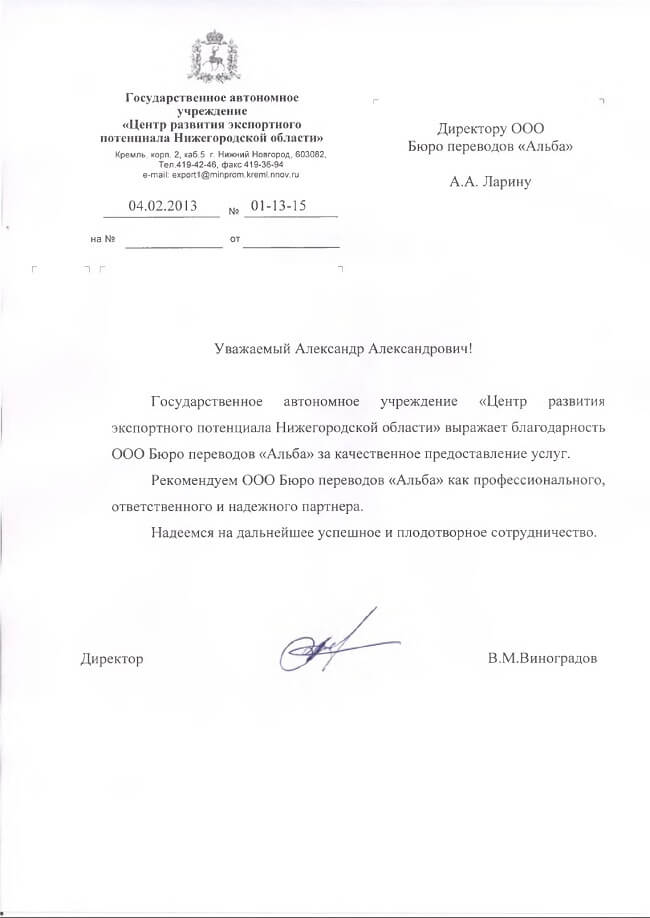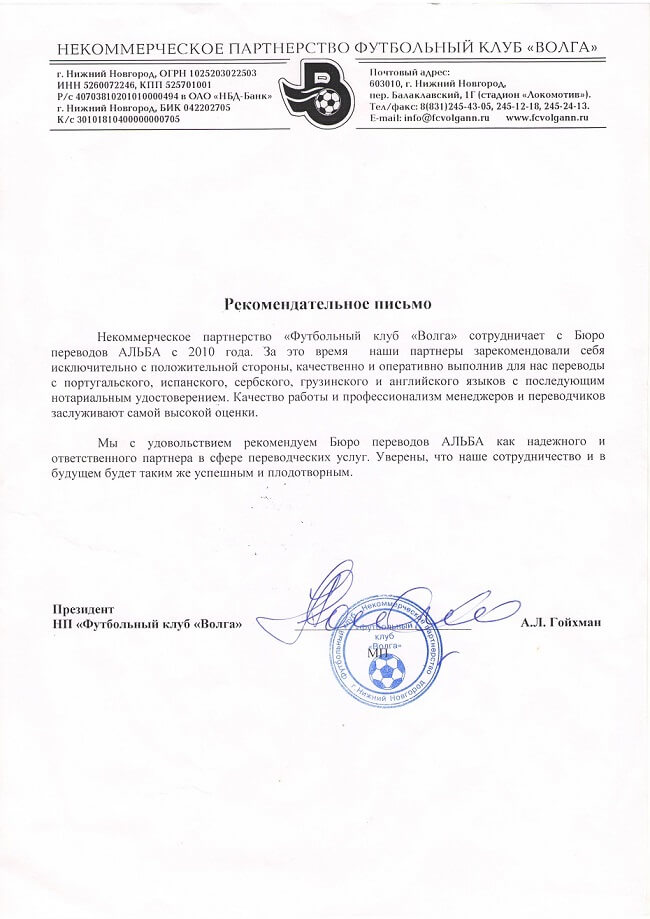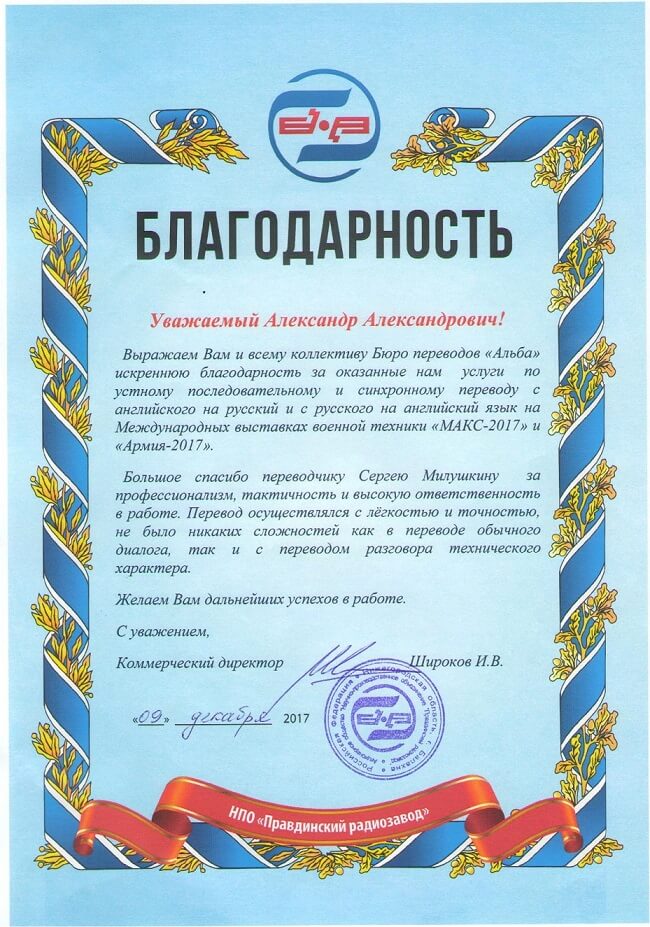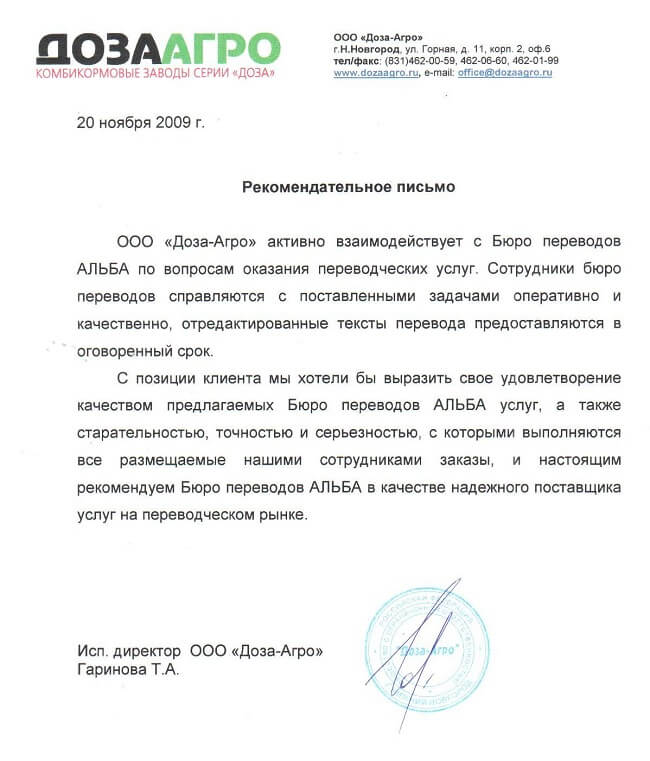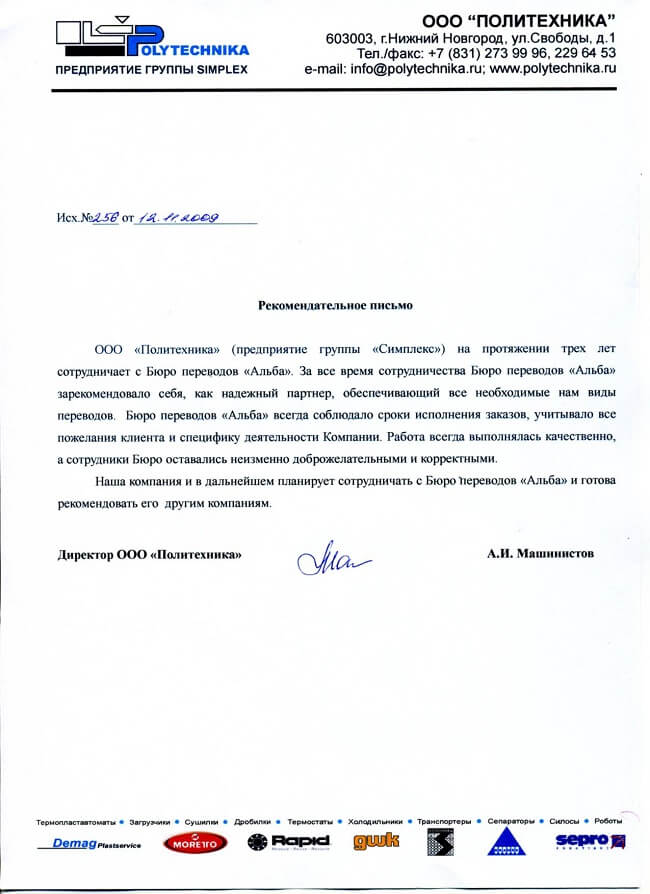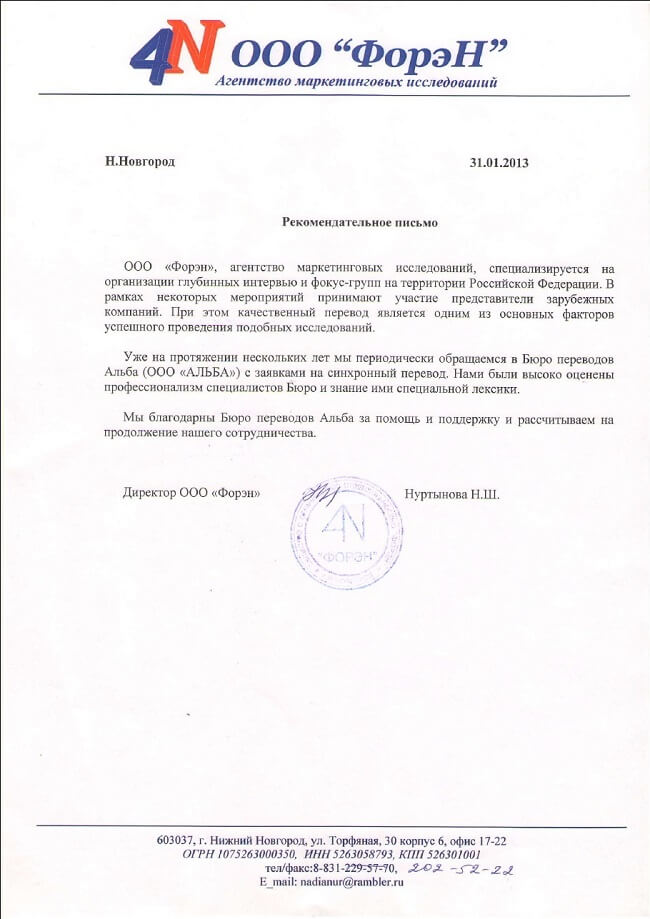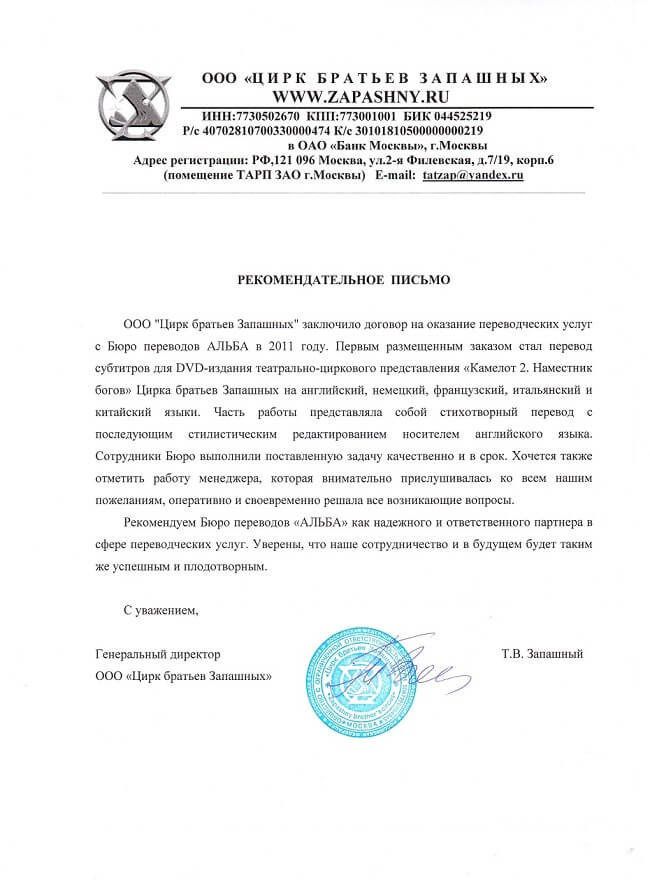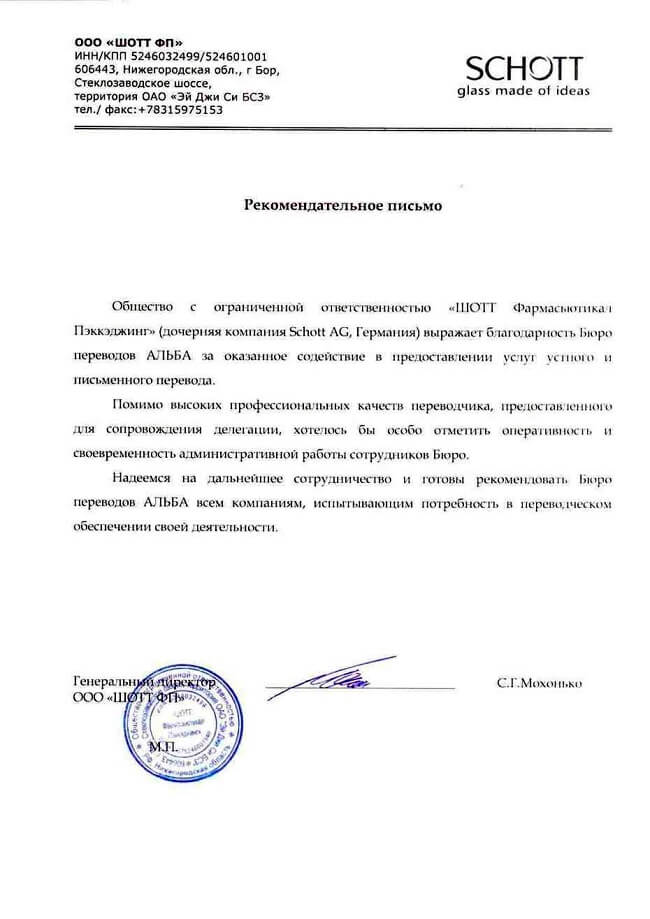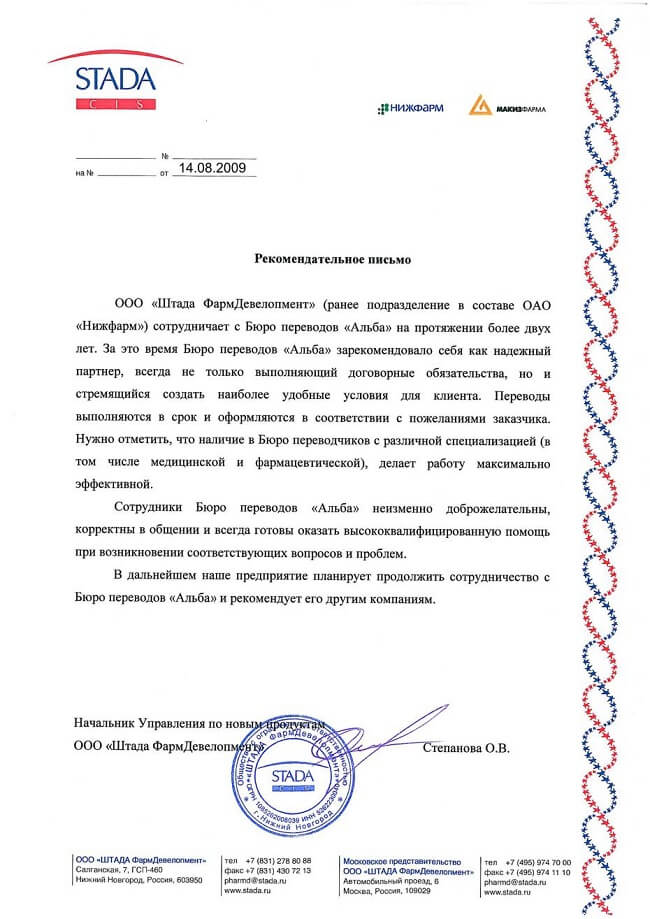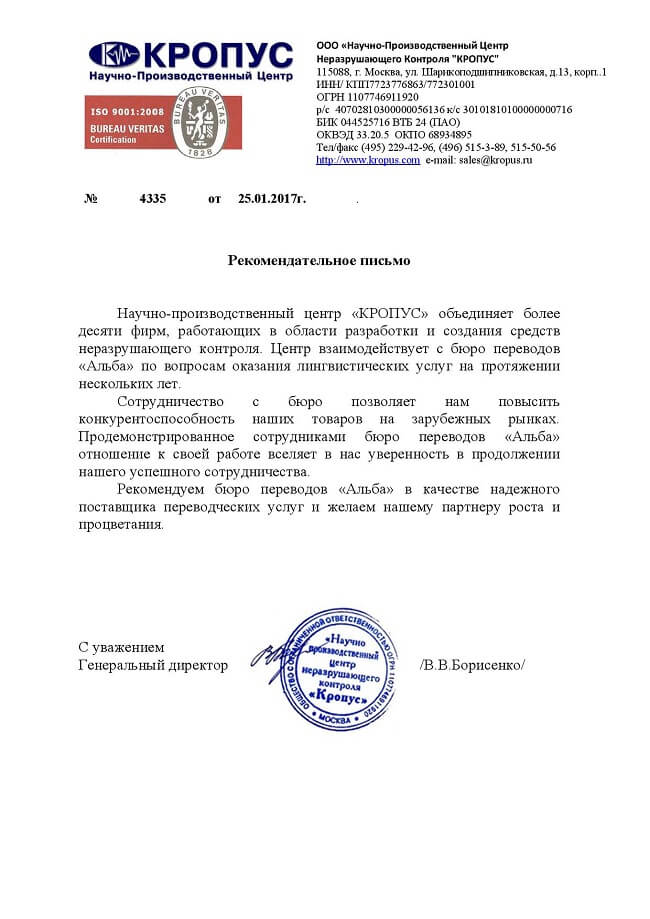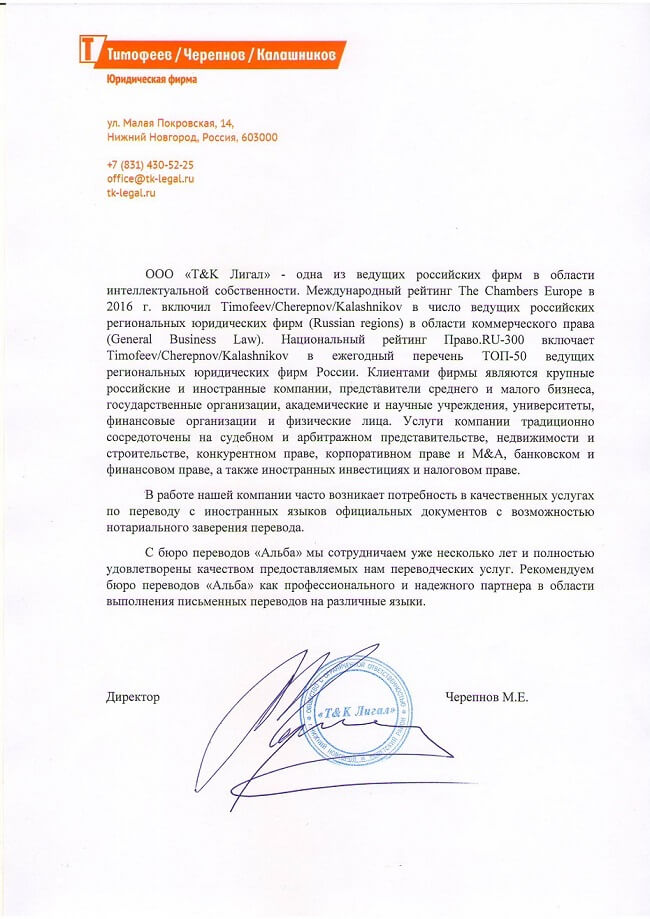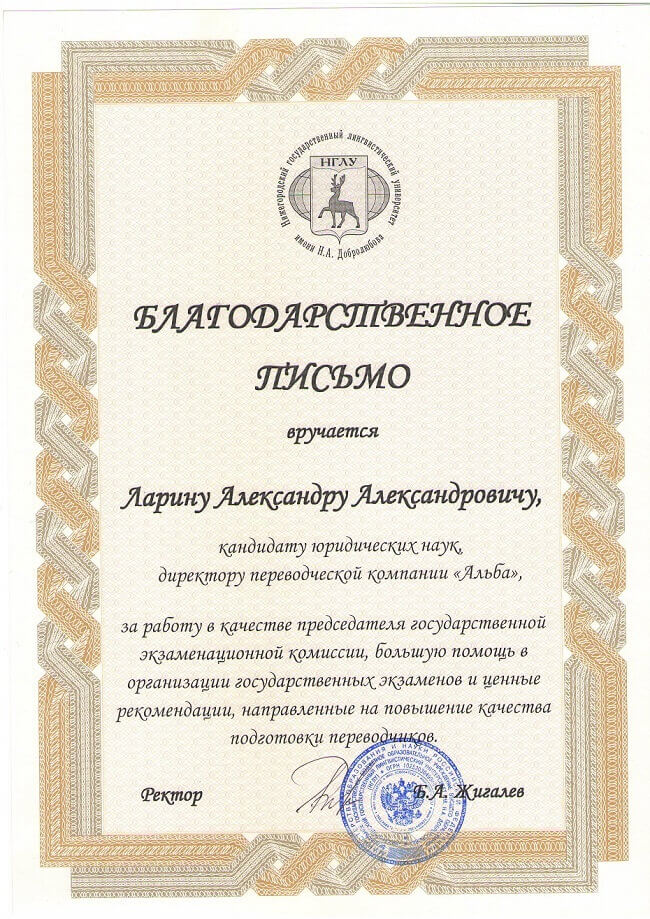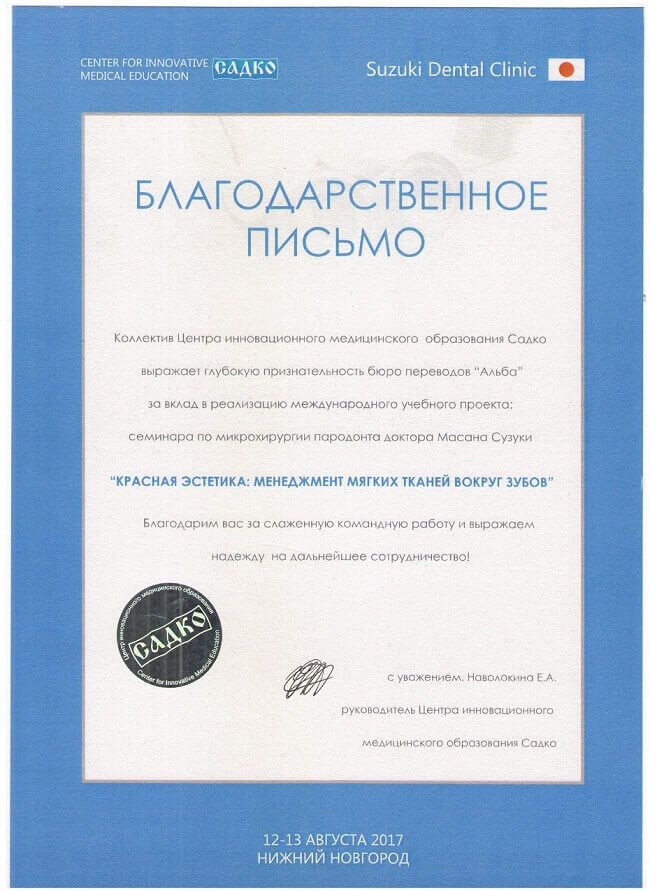Problems of Translating Russian Affixal Derivative Nouns Related to the Coronavirus Pandemic (on the Example of Translation into German, English and Thai)
Саенгкаео Ворапхум (Saengkeaw W.) — Аспирант, преподаватель отделения английского языка в сфере профессиональной коммуникации, Сиамский университет, Бангкок, Таиланд
Чусуван Критсада (Chusuwan K.) — Канд. филол. наук, преподаватель отделения русской филологии, Университет Таммасат, Бангкок, Таиланд
The situation of the coronavirus pandemic affects not only the usual life of people, but also the replenishment of lexicons with new terms and words. In terms of linguistics, this results in the production of new words or the addition of new lexical meanings to existing ones. These new terminologies are referred to as “neologisms” and “occasionalisms” by many linguists. Newmark [11, p. 140] gave a precise definition of neologisms, stating that they are newly coined lexical units or existing lexical units that gain a new sense.
Occasionalism is the other term that is linked to neologism. The characteristics, however, differ in that a neologism eventually finds its way into the language and, more importantly, into dictionaries. Occasional words are an indicator of a language norm breach, such as a violation of semantic expression or the employment of an uncommon manner of word construction, such as contamination or affixal truncation [6, p. 15]. Occasional words are not (yet) part of a language's established vocabulary. Every day, speakers of living languages create or develop new words to fill in naming gaps or express aesthetic or emotive elements [9; 14].
Keeping up with global development has necessitated the translation of neologisms and occasionalisms from one language to another, since translation plays a critical role in the exchange of information and knowledge across nations [8]. During the pandemic, the neologisms related to the coronavirus or COVID-19 are not only limited to medical terminology but also widely used in any situation involving the epidemic. These coronavirus neologisms and occasionalisms, moreover, help to spread scientific knowledge over the world. However, translation is a challenging task, particularly when translating Russian into two or more languages that are culturally, alphabetically, and structurally dissimilar, such as German, English, and Thai.
Therefore, this article aims to look into the translation of Russian neologisms and occasionalisms into other languages, focusing on the structure of nouns formed by using prefixes, prefixoids, suffixes and suffixoids (affixal derivative nouns). It also attempts to compare the Russian language, source language (SL), with the transcripts of the target languages (TL) which are German, English, and Thai. Suggestions for overcoming such problems are also offered.
Affixation is considered to be a productive method of word formation, especially in the situation of the coronavirus pandemic, and it contributes to the formation of potential and occasional derivative nouns. In Russian, the “Dictionary of the Russian Language of the Coronavirus Era” was developed by researchers from the Institute for Linguistic Studies of the Russian Academy of Sciences. This dictionary contains more than 3,500 words updated in 2020–2021 [5]. Based on this developed dictionary, many word-formation formants (substantive prefixes, prefixoids, suffixes and suffixoids) are attributed to the following main groups:
1. Prefixes and prefixoids: анти‑, без‑, за‑, лайт‑, не‑, недо‑ пост‑, под‑, полу‑, противо‑, псевдо‑, сверх‑, супер‑, экс‑ и др.
2. Suffixes and suffixoids: ‑ник, ‑щик, ‑(л)ка, ‑ье, ‑ня, ‑(а)ция, ‑ина,
‑ость, ‑ёр, ‑ер, ‑ист, ‑изм, ‑ец, ‑ство, ‑вед, ‑ведение, ‑бес, ‑бесие, ‑вирус,
‑демия, ‑кратия, ‑мания, ‑фил, ‑филия, ‑фоб, ‑фобия и др.
In addition to affixation, which is often used to form new words, it is important to pay attention to the fact that borrowed words that entered the Russian language by direct borrowing from English become components of derivatives, i. e. they perform the function of base words (before adding affixes to it) — for example, анти|коронавирус + -ник = анти|коронавирус|ник, where the base word “коронавирус/coronavirus” is a borrowed word from English and -ник is a native Russian suffix [5, с. 23; 13]. However, in some cases, the newly formed words were clearly borrowed by tracing — for example, the word супер|распространитель was borrowed from the English word super|spreader and in this case, the prefixoid супер- is considered by us as a “pseudo-prefixoid”, which, unlike the prefixoid, does not function as a prefix in Russian, but in the source language before the process of borrowing.
The following derivational forms can be found among the affixal derivative nouns related to the coronavirus pandemic, in the Dictionary of the Russian Language of the Coronavirus Era.
Prefixation (prefixes and prefixoids)
1. Usual simple form or usual singular prefixation. Prefixal derivative nouns are formed according to the model: native Russian prefix / prefixoid or borrowed prefix / prefixoid + root word or base word — for example, 1) кибер- + коронавирус = кибер|коронавирус ‘компьютерное мошенничество, получившее распространение в период пандемии / computer fraud that has become widespread during the pandemic; 2) недо- + коронавирус = недо|коронавирус ‘не подтвержденная тестом коронавирусная инфекция / untested coronavirus infection’ [5, с. 79, 195].
2. Unusual simple form or unusual singular prefixation. Prefixal derivative nouns are formed by using different methods of word formation along with prefixation (for example, contamination, truncation, etc.) — for example, пост- + covid + апокалипсис = пост|-covid-апокалипсис / post|-covid apocalypse [5, с. 398] (prefixation and composition).
2.2. Suffixation (suffixes and suffixoids)
1. Usual simple form or usual singular suffixation. Suffixal derivative nouns are formed according to the model: root word or base word + native Russian suffix/suffixoid or borrowed suffix/suffixoid—for example, ковидаль- + ня = ковидаль|ня ‘о стационаре, специализирующемся на лечении больных коронавирусной инфекции / about a hospital specializing in the treatment of patients with coronavirus infection’ [5, с. 85].
2. Unusual simple form or unusual singular suffixation. Suffixal derivative nouns are formed by using different methods of word formation along with suffixation (for example, contamination, composition, truncation, etc.) — for example, 1) корон- + -о- + -фобия = короно|фобия ‘нетерпимость, боязнь коронавируса / intolerance, fear of coronavirus’ [composition + suffixation (suffixoid)]; 2) коронавирус + -о- + -бесие = коронавирус|о|бесие ‘одержимость, истерия вокруг коронавируса / obsession, hysteria around coronavirus’ [5, с. 172, 150] (composition + suffixation (suffixoid)).
Prefixal-suffixal method
The prefixal-suffixal method of word formation can be classified as an unusual singular prefixation and an unusual singular suffixation, since this method is not a pure method of word formation; however, it can be considered as a mixed method of word formation. This method of word formation includes, according to our observations of the process, only a single model: prefix + root word or base word + suffix—for example, 1) без- + масоч- + -ница = без|масоч|ница [5, с. 27].; 2) противо- + масоч- + -ник = противо|масоч|ник [5, с. 218]; 3) за- + квартир- + -ье = за |квартир|ье [5, с. 52]; 4) полу- + удалён- + к(а) = полу|удалён|к(а) [5, с. 208].
Observing the processes of affixation (prefixation and suffixation), it can be seen that this method of word formation provides the formation of new nouns according to different forms of affixal word formation, which can be divided into two types — these are neologisms and occasionalisms. In the process of substantive affixation, neologisms are most often formed in the usual simple form, and occasionalisms are formed in the unusual complex form, where other methods of word formation are used (composition and contamination).
Touching upon the issue of translating substantive neologisms and occasionalisms, especially in the context of the coronavirus pandemic, it has commonly been assumed that the difficulty lies in understanding their meanings [2, с. 108]. Actually, the problem of translating affixal neologisms and occasionalisms, the meanings of which are familiar to the translator, is solved by applying many kinds of translation techniques or operations along with the analysis of their types and derivational forms [1].
The Swedish translation linguist Rune Ingo suggested seven productive translation operations that we used in this analysis, and many Russian translation linguists, such as V. V. Sdobnikov, R. M. Shamilov, also proposed such similar translation operations [4; 7; 10]:
1. Transcription (or transliteration), the purpose of which is to convey the original form of the word directly in the text of the target language.
2. Adaptation. It is assumed that a word in the source language can be transferred to a word in the target language with minimal changes.
3. Literal translation of a word in the source language without semantic changes. Such a translation operation is used when a neologism or occasionalism consists of two or more common morphemes.
4. Modulation is a partially modified but retaining the character of neologism or occasionalism in the source language.
5. Explication is a translation accompanied by an explanation. At the same time, the character of neologism or occasionalism is partially lost.
6. Generalization / neutralization is associated with the replacement of neologism or occasionalism with another simple or well-known word or phrase.
7. Omission — a particular word untranslated can be left or even just it can completely be omitted, as if this word did not appear in the source language text.
In addition to the above translation operations, there is another productive translation operation, the so-called reverse tracing. In reverse tracing, the translation of borrowed words obtained in the process of borrowing foreign words, expressions and collocations by a literal translation of the corresponding language unit is carried out back into the original language [3, p. 119–120]. To translate a text or sentence containing affixal neologisms and occasionalisms derived from nouns as follows, such translation operations can be used as described in the following tables.
Table 1. Translating “экс|-ковидник” into German and English by means of transcription (or transliteration) and explication
|
Source language (SL) |
Target languages (TL) |
|
Для подтверждения статуса «экс|-ковидник» было необходимо представить в консульское представительство МИД РЮО во Владикавказе соответствующие медицинские справки и после небольших формальностей — вперед в Цхинвал (Газета «Республика», 05.09.2020 г.) |
Um den Status „Ex|-Covidnik*“ zu bestätigen, war es notwendig, entsprechende ärztliche Bescheinigungen beim Konsulat des Außenministeriums der Republik Südossetien in Wladikawkas einzureichen und nach kleinen Formalitäten - nach Zchinwal weiterzuleiten. // *Jemand, der mit dem Coronavirus infiziert wurde. |
|
To confirm the status of “ex|-Covidnik*” it was necessary to submit relevant medical certificates to the consular office of the Ministry of Foreign Affairs of the Republic of South Ossetia in Vladikavkaz, and after small formalities, forward to Tskhinval. // *Someone who has been infected with the coronavirus. |
|
|
ในการยืนยันสถานะผู้|ที่เคยติดโควิดนั้น จำเป็นต้องยื่นใบรับรองแพทย์ที่ข้อมูลครบถ้วนชัดเจนต่อฝ่ายกงสุลของกระทรวงการต่างประเทศประจำสาธารณรัฐเซาท์ออสเซเทียในเมืองวลาดิคัฟคัส และหลังจากการดำเนินการตามระเบียบ จะส่งต่อไปยังเมืองทซืนวาล |
It can be seen from Table 1. that “экс|-ковидник” has equivalence in the target languages (English and German) only in the part of the prefix экс- corresponding to its original prefix ex-, which is widely used in the Germanic languages. However, the difficulty lies in the search for full equivalent derivatives, which, in fact, do not exist in the target languages. Thus, this derivative noun should be translated into German and English by means of transcription (or transliteration) and explication. The use of transcription and transliteration allows us to preserve the national character of the source language. The explanation of the translated word is given at the end of the sentence with *. An explanation in Thai can be added directly to the sentence as it does not take up much space in the sentence.
This difficulty could be solved by finding the equivalent pattern of translations in the target language, and there are two types of equivalence according to the word structure and semantic equivalence, including equivalence in terms of the use of prefixes, punctuations, and types of words. Translations in some languages, such as English and German, are equivalent in form and meaning. Unlike Thai, most of them are equivalent in meaning. Thai language has fewer suffixes corresponding to Russian than English and German suffixes. In some cases, the suffixes are already found in Thai; however, it is not possible to create a word whose structure and type correspond to the structure and type of the word in the source language. As a result, a word that is created will sound unbearable and contrary to meaning.
Table 2. Translating “пост|-COVID-апокалипсис” an occasional compound noun formed by an occasional method of word formation
|
Source language (SL) |
Target languages (TL) |
|
Пост|-COVID-апокалипсис и новая философия юридической работы (Zaikon.ru, 09.06.2020 г.) |
Post|-COVID-Apokalypse und eine neue Philosophie der juristischen Arbeit. |
|
Post|-COVID apocalypse and a new philosophy of legal work. |
|
|
บันทึกทางคริสต์ศาสนาหลังยุคโควิด และปรัชญาแนวใหม่ทางนิติกรรม |
From Table 2., “пост|-COVID-апокалипсис” is an occasional compound noun, which is formed by an occasional method of word formation. This occasional derivative consists of components borrowed from English, which have a counterpart in German and English. It can be translated by means of a literal translation. Therefore, absolute equivalence in the form of a compound noun with the preservation of the derivational formant (borrowed prefix) is confirmed. In Thai, there is no absolute equivalence in form (there is no corresponding prefix, but the syntactic compound without hyphens is used) but there is equivalence in meaning. Translation of this derivative noun into German and English is slightly easier than into Thai.
Table 3. Translating “cупер|разбрасыватель”, a prefixed derivative noun containing the pseudo-prefixoid super-, as it is borrowed from English by tracing
|
Source language (SL) |
Target languages (TL) |
|
Хотя он не отвечал на вопросы, журналисты на месте происшествия спрашивали, считает ли Трамп, что он «супер|разбрасыватель», учитывая волну инфекций, связанных с Белым домом (nascheradio.us, 06.10.2020 г.) |
Obwohl er keine Fragen beantwortete, fragten Reporter vor Ort, ob Trump sich angesichts der Infektionswelle im Zusammenhang mit dem Weißen Haus für einen „Super|spreader“ halte.
|
|
Although he didn't answer questions, reporters at the scene asked if Trump thought he was a "super |spreader" given the wave of infections related to the White House. |
|
|
แม้ว่าเขาจะไม่ตอบคำถาม แต่นักข่าวในที่เกิดเหตุได้ถามทรัมป์ว่าคิดว่าตนเองเป็น "ซุปเปอร์|สเปรดเดอร์" หรือไม่ เนื่องจากมีการติดเชื้อมากมายที่เกี่ยวข้องกับทำเนียบขาว |
As presented in Table 3., “cупер|разбрасыватель” is a prefixal derivative noun containing the pseudo-prefixoid super-, as it is borrowed from English by tracing. When translating into translating languages, transcription (or transliteration) and reverse racing are used. However, tracing is not used in Thai, but only a direct borrowing from the English language. In Thai, a borrowed word from English ซุปเปอร์|สเปรดเดอร์ [súp pɤ̀ːt prèːt dɤː] = super|spreader is used. Therefore, the translation of this prefixal derivative noun into translating languages is not difficult.
Table 4. Translating “полу|удаленка”, a derivative formed in the form: prefix + suffixal derivative noun
|
Source language (SL) |
Target languages (TL) |
|
И до того, как перевели на удаленное обучение, у нас в связи с ковидной ситуацией была полу|удаленка: лекции все дистанционно, а практические занятия, семинары и лабораторные — очно (ИА «Красная весна», 16.12.2020 г.) |
Und bevor wir auf Fernstudium umgestellt haben, hatten wir aufgrund der Covid-Situation eine Semi|-Fern|-Situation: Alle Vorlesungen waren aus der Ferne, und praktische Kurse, Seminare und Laborkurse wurden vor Ort abgehalten. |
|
And before we switched to remote learning, we had a semi|-remote situation due to the covid situation: all lectures were remote, and practical classes, seminars and laboratory classes were held on-site. |
|
|
และก่อนที่เราจะเปลี่ยนไปใช้ระบบการศึกษาทางไกล เราเคยใช้ระบบกึ่งทางไกลมาก่อน — จัดการเรียนการสอนภาคทฤษฎีแบบทางไกล ส่วนภาคปฏิบัติและภาคการทดลองเป็นแบบออนไซต์ |
Table 4. is presenting that “полу|удаленка” is a derivative in the form: prefix + suffixal derivative noun. The prefix полу- has equivalent forms in German and English (Semi-/semi-), but not in Thai. The noun translated into German is an occasional derivative in the form of a plural prefix. In English and Thai, equivalent collocations: adjective + noun are used. However, it should be noted that the translated derivatives in the target languages, which are equivalent in meaning to the original derivative, do not preserve the national character of the derivative in Russian language. Preserving the national character of words (in this case) refers to an attempt to maintain the original language’s word structure or its appropriate characteristics.
Table 5. Translating «нарушителей-анти|корона-вирусников» into target languages using literal translation and explication
|
Source language (SL) |
Target languages (TL) |
|
В Хабаровском крае намерены ужесточить меры для нарушителей-анти|корона-вирусников («Комсомольская правда», 03.11.2020 г.) |
In der Region Chabarowsk hegte man die Absicht, die Maßnahmen für Anti|-Coronavirus-Verletzer* zu verschärfen.//* Verletzer, die nicht an die Existenz einer Coronavirus-Infektion glauben. |
|
In the Khabarovsk Territory, there is an intention to tighten measures for anti-corona virus violators.* //*Violators who do not believe in the existence of a coronavirus infection. |
|
|
ในแคว้นคฮาบารอฟสกี้ไคร มีความมุ่งมั่นที่จะคุมเข้มมาตรการสำหรับผู้ละเมิดกฎที่ไม่เชื่อว่าไวรัสโคโรน่านั้นมีอยู่จริง |
In Table 5., “нарушителей-антикоронавирусников” can be translated into target languages using literal translation and explication. The noun translated into German is an occasional derivative in the form of a plural prefix. In English, a substantive collocation with a prefix is used, while in Thai a substantive collocation with prefixoid ผู้- [pʰûː] and an explanation are used. The explanation of translated word is given at the end of the sentence with *. The difficulty lies in the fact that although the borrowed prefix แอนตี้- [ʔɛːn tîː] (corresponding to анти-, Anti-, anti-) can be used in Thai, in the translation a noun with this prefix as a possible equivalence is not used — for example, แอนตี้|ผู้ละเมิดโคโรน่าไวรัส [ʔɛːn tîː|pʰûː láʔ mɤ̂ːt kʰoː roː nâː waj rát], because this noun violates the structure and meaning of the word in Thai.
From the above examples in tabular form, it is necessary to focus on the fact that more than one translation operation can be used to translate one affixal derivative. It has been found that most affixal derivatives contain components (word-producing) borrowed from English and can be translated into English or into other Germanic languages (for example, German) by using the original version before the process of borrowing words.
Regarding word-formation models of affixation, it should be noted that prefixation can also be found in other languages with different language structures, and Russian derivative nouns formed according to word-formation models of prefixation, which include “usual simple form or usual singular prefixation” and “unusual simple form or unusual singular prefixation”, can be more easily translated if the prefixes are borrowed from English, Greek or Latin.
As for suffixation, it should be emphasized that a small number of borrowed suffixes, which are used in the language associated with the pandemic situation, are identified and most of them are native Russian suffixes. The equivalence of suffixal derivative nouns in many target languages is difficult to find. Furthermore, the translation of affixal derivative nouns as neologisms and occasionalisms associated with the coronavirus pandemic is carried out with several difficulties.
Translating one word into different languages may require different translation operations. Translating words from Russian into English and German on the issue of neologism and occasionalism faces similar issues, including using the translation operations that are the same. While the translator may encounter different problems and employ different translation operations when translating into Thai. The Thai language, which is an isolating language or a single word language, is different from the two languages (Russian and German), which are inflected languages. Moreover, some problems occur when translating newly coined terms whose lexical units of the source language differ from those of the target language are found in the translation of affixal derivative nouns related to the coronavirus pandemic. However, by using different translation operations, the translator can find the equivalent pattern of translations in the target language. This emphasizes that one affixal derivative in Russian can be translated into languages with different language structures via multiple translation operations.
References
1. Андриенко В. П., Шеф Е. Ю. Трудности перевода неологизмов // Научный журнал. 2017. № 4 (17). С. 86–88.
2. Ганин В. В. Об одном типе авторских неологизмов и их переводе на русский язык // Сборник научных трудов МГПИИЯ. 1978. Вып. 127. С. 106–121.
3. Калька // Словарь литературоведческих терминов / Ред.-сост. Л. И. Тимофеев и С. В. Тураев. М.: Просвещение, 1974. 509 с.
4. Сдобников В. В. Перевод и коммуникативная ситуация. М.: Флинта, 2015. 464 с.
5. Словарь русского языка коронавирусной эпохи / Редкол.: Е. С. Громенко, А. С. Павлова, Ю. С. Ридецкая. СПб.: Институт лингвистических исследований РАН, 2021. 550 с.
6. Чусовая К. Словообразовательные формы, типы и значения префиксальных имен существительных в разноструктурных языках в сопоставительном аспекте (на материале русского, немецкого и тайского языков): Автореф. … дис. канд. филол. наук. М., 2021. 28 с.
7. Шамилов Р. М. Структура и алгоритм процесса специального перевода (коммуникативно-функциональный подход): Автореф. … дис. канд. филол. наук. М., 2018. 26 с.
8. Awadh A. N. M., Shafiull K. A. Challenges of translating neologisms comparative study: Human and machine translation // Journal of Language and Linguistic Studies. 2000. 16 (4). P. 1987–2002.
9. Elsen H. Neologismen. Formen und Funktionen neuer Wörter in verschiedenen Varietäten des Deutschen. 2. Auflage. Tübingen: Gunter Narr, 2011. 199 S.
10. Ingo R. Från källspråk till målspråk: introduktion i översättningsvetenskap [dt. Von Ausgangssprache zur Zielsprache. Einführung in die Übersetzungswissenschaft]. Häftad, 1991. 284 S.
11. Newmark P. A textbook of translation. Hertfordshire: Prentice Hall International, 1988. 402 p.
12. Kluczna P. Probleme der Übersetzer am Beispiel der Neologismen aus Dzienniki gwiazdowe von Stanisław Lem und ihrer Übersetzung ins Deutsche // URL: http://www.studia-translatorica.pl/articles/07/13_kluczna.pdf.
13. Romanova E. Словообразование как инструмент языковой игры: «коронные» неологизмы в эпоху пандемии Covid-19: Pro gradu-avhdandling i ryska språket och litteraturen. 2021. 82 c.
14. Vega C. G., Hofmann D.: Wortbildung und Ad-hoc-Komposita: Typen, Implikationen und ihre möglichen Übersetzungen ins Spanische // Wortbildung heute / Ludwig Eichinger, Meliss, María José Domínguez Vázquez (Hrsg.). Tübingen: Gunter Narr, 2008, S. 194–211.














